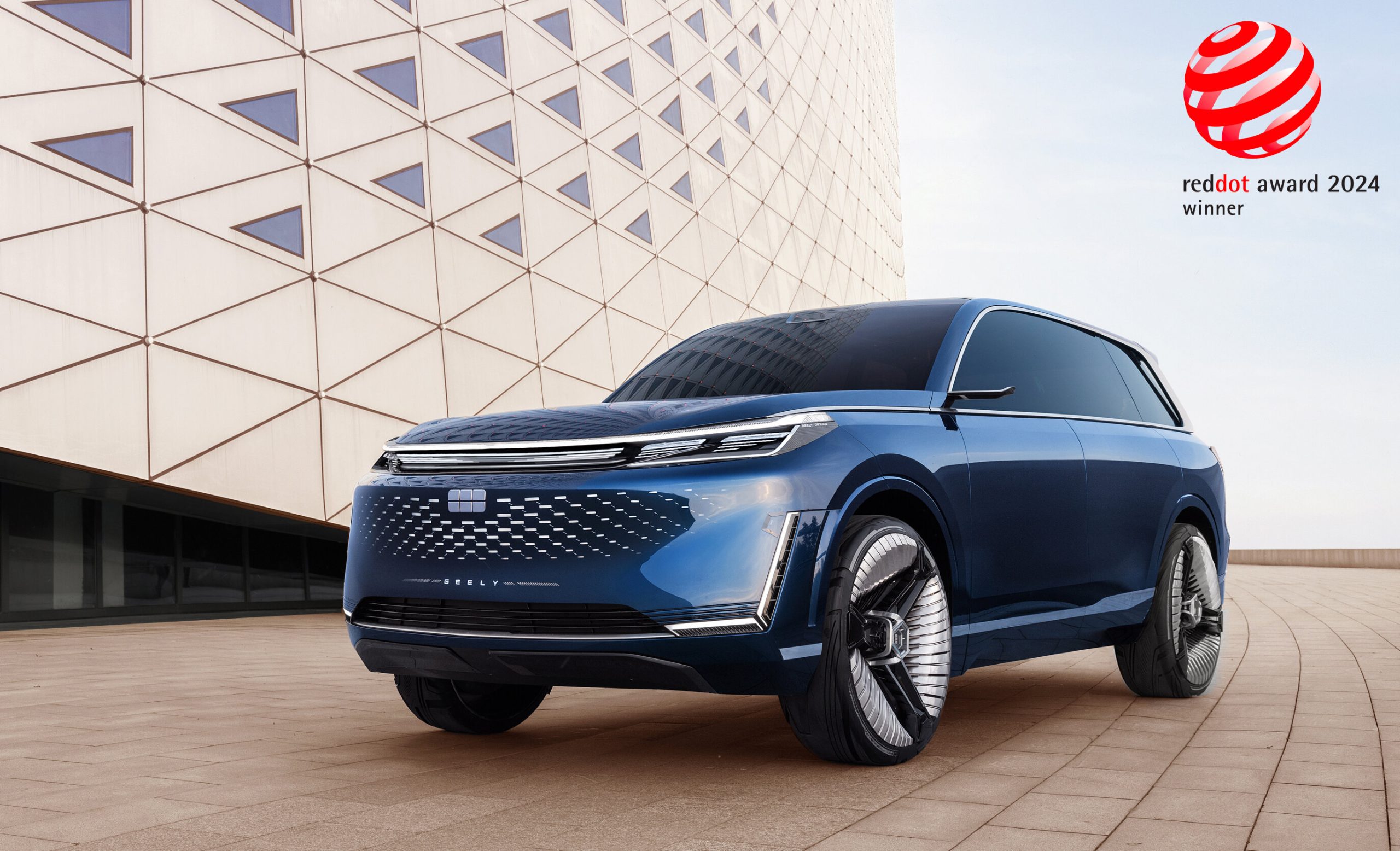
Over the course of the last ten years, China’s automobile sector has undergone a spectacular change. It has gone from being a market that was formerly dominated by foreign joint ventures to becoming a global leader in terms of innovation, production, and sales. It is anticipated that by the year 2025, China would be responsible for more than thirty percent of the global vehicle sales. China’s domestic market for electric cars (EVs) and new energy vehicles (NEVs) will account for more than fifty percent of the total market. This spike is being driven by strong policies implemented by the government, such as subsidies for the adoption of electric vehicles, severe pollution rules, and enormous expenditures in battery technology and charging infrastructure.
List Of Top 10 Best Car Brands In China 2025
1. BYD Auto
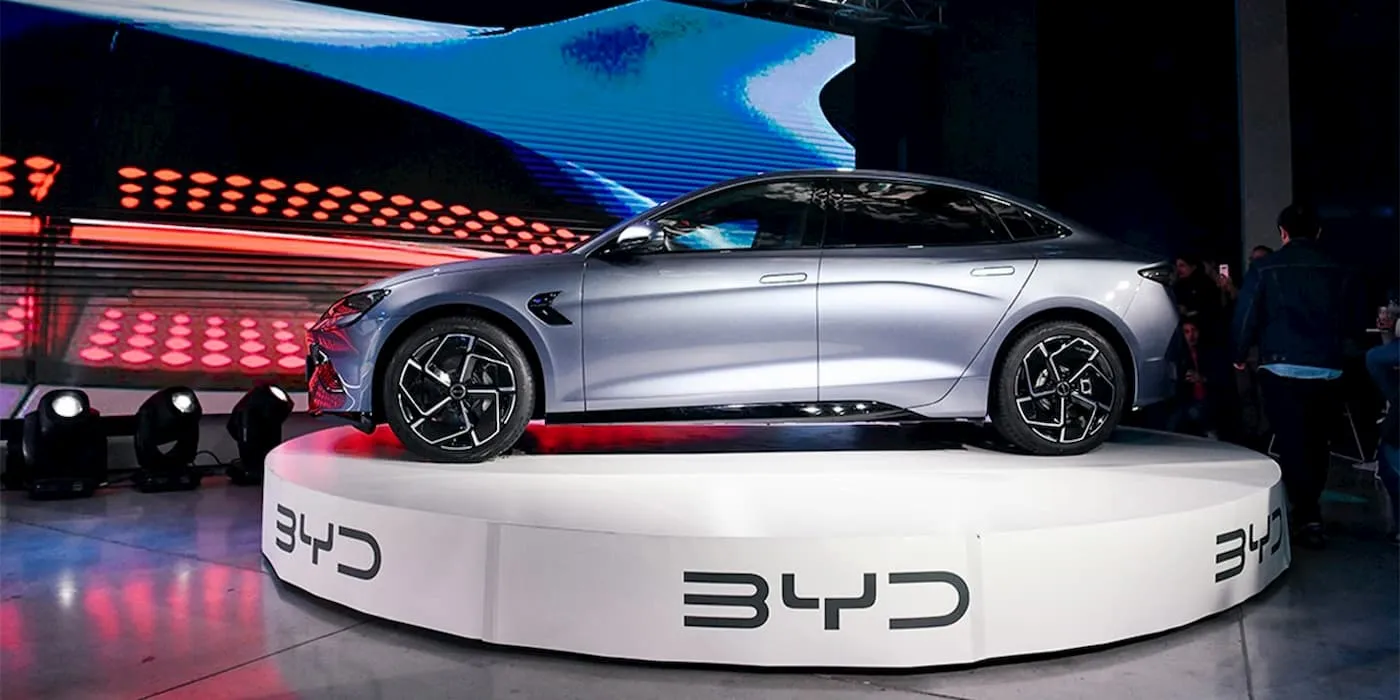
The name BYD Auto has become synonymous with the electric vehicle revolution in China. The company was first established in 1995 as a maker of batteries, but in 2003 it shifted its focus to autos. By the year 2025, it is anticipated that BYD would have a dominant market share of between 25 and 30 percent in China’s new energy vehicle (NEV) segment, with annual global sales exceeding 4 million units. Competitors who use nickel-manganese-cobalt (NMC) chemistries are differentiated from the company by its patented Blade Battery, which is a lithium iron phosphate (LFP) design that is famous for its safety, lifespan (over 3,000 charge cycles), and thermal stability.
2. Geely

Since its founding in Hangzhou in 1986, Geely Automobile Holdings has expanded its operations from the production of refrigerators to the production of automobiles. This expansion has been accomplished through strategic acquisitions such as Volvo in 2010 and holdings in Lotus and Proton. Geely’s ecosystem, which includes sub-brands such as Zeekr, Lynk & Co, and Geometry, is expected to boost sales of more than 2.5 million vehicles by the year 2025, with seventy percent of those vehicles being electric. Geely’s competitive advantage rests in the fact that it successfully combines the Scandinavian design aesthetics developed by Volvo with the production efficiency of China. Example of these is the Zeekr 001, a premium shooting brake that has a range of 1,000 kilometers and can go from 0 to 100 kilometers per hour in 3.3 seconds. It also has an 800-volt architecture that allows for extremely rapid charging.
3. SAIC Motor
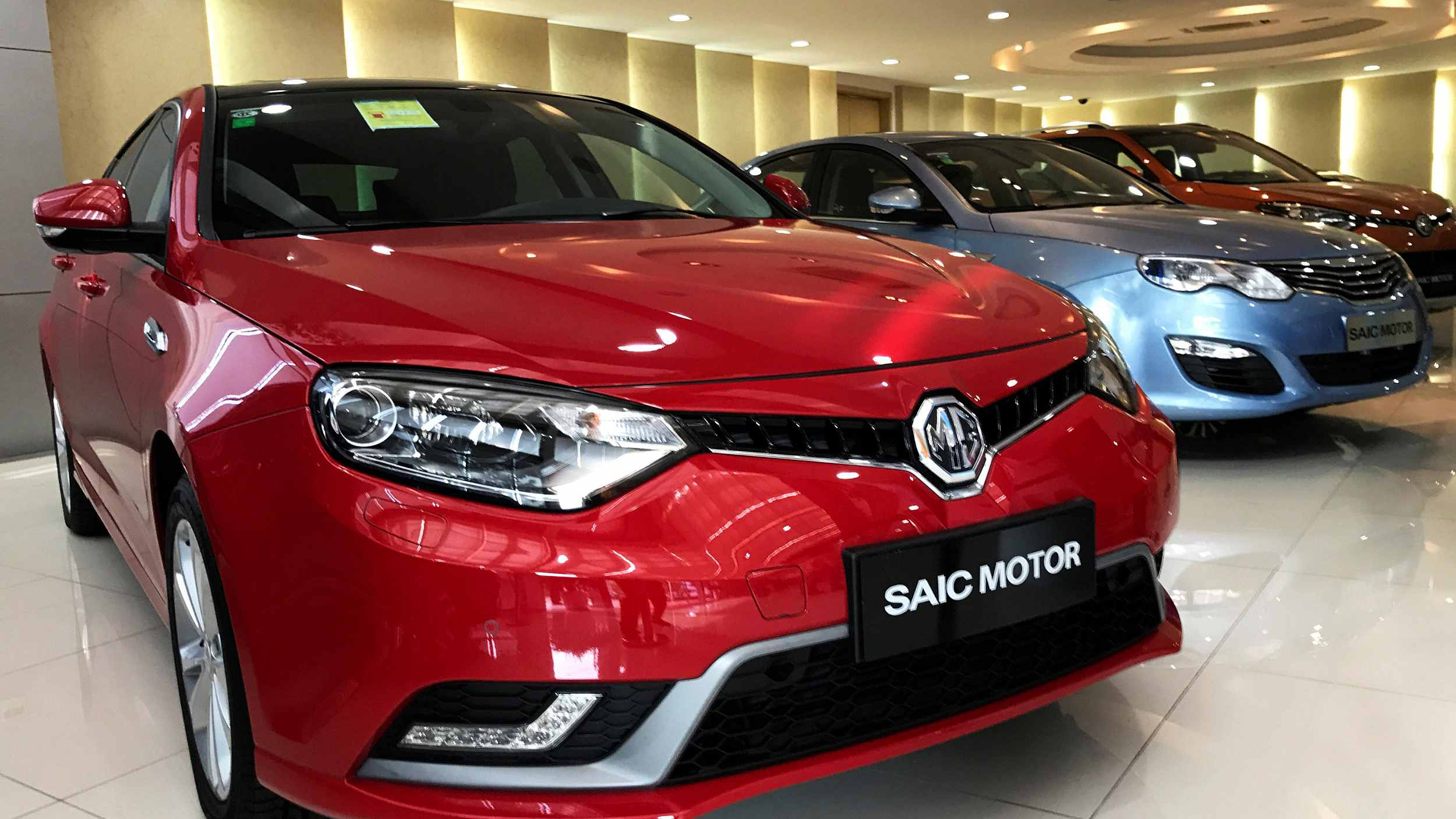
SAIC Motor Corporation, which opened in 1955 as Shanghai’s first auto plant, is China’s largest state-owned manufacturer by revenue. By 2025, it is expected to make more than 7 million vehicles, thanks in part to partnerships with Volkswagen and General Motors. Roewe, MG, and IM are its own brands that focus on smart mobility and have 15% of the local market. SAIC’s IM Motors is a high-end electric vehicle partnership with Alibaba. The LS6 SUV has a range of 1,000 km, HarmonyOS infotainment, and seats that seem like they’re in zero gravity for the best comfort. Roewe’s iMAX8 MPV has AI-powered health monitoring built in, and MG’s Cyberster roadster brings back the historic British brand with 500+ hp and scissor doors, combining old-school style with new EV technology.
4. Chery
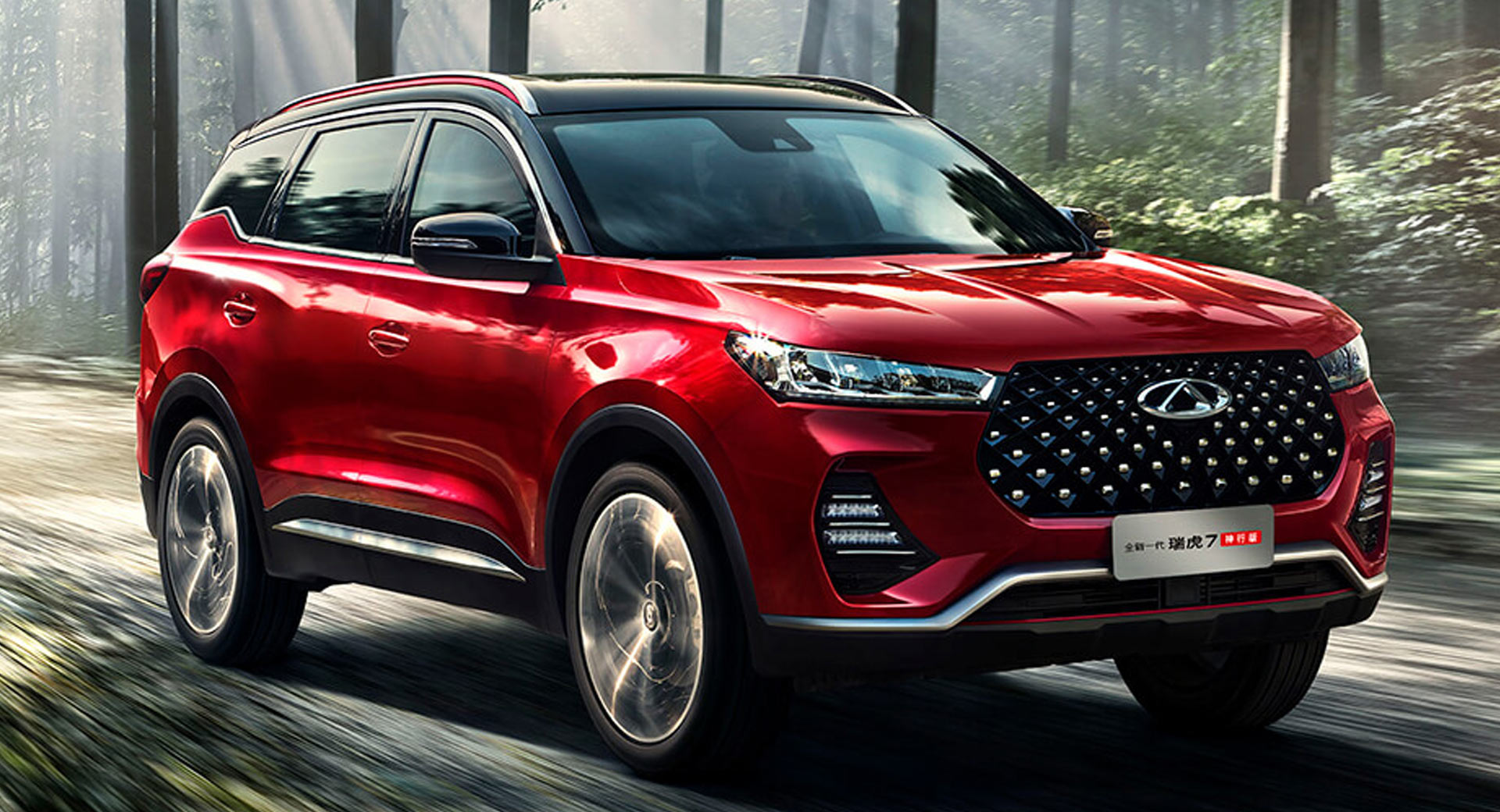
Chery Automobile started out as a little company in Wuhu in 1997, but by 2024 it had become a major exporter, sending more than 1 million cars abroad. By 2025, it hopes to send 1.5 million cars abroad. It has 8–10% of the market share in the US, thanks to value-packed models from manufacturers like Tiggo and Jetour. For less than $25,000, Chery’s Tiggo 8 Pro Max PHEV has a combined range of 1,400 km, a roomy seven-seater layout, and ADAS features including adaptive cruise and lane-keeping. The Omoda 5 is a beautiful crossover that has an AR heads-up display and wireless charging to appeal to young shoppers. Chery is getting into electric vehicles with the eQ7, which has a range of 600 km and can power appliances with V2L (vehicle-to-load) technology.
5. Changan Automobile
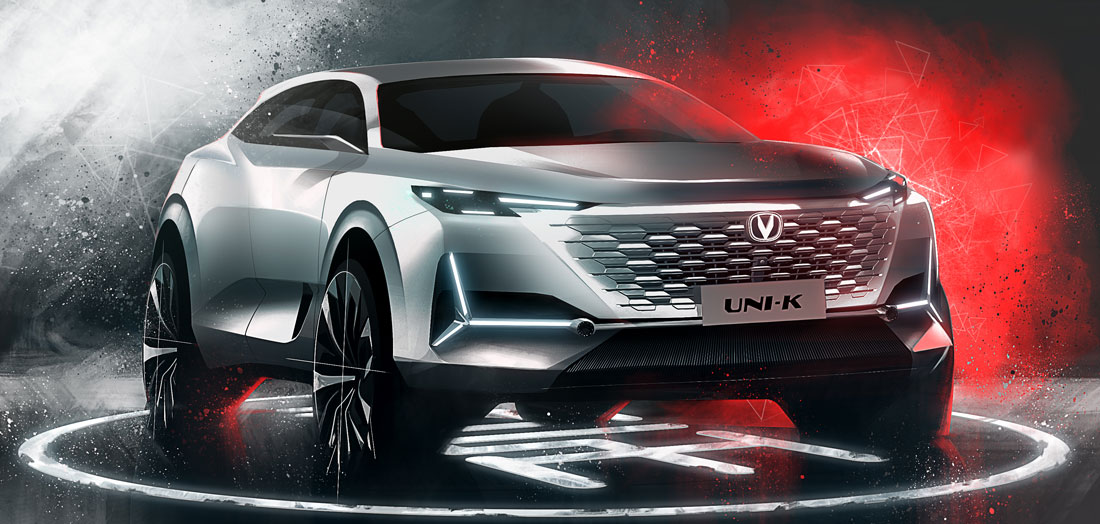
Changan Automobile Group is a huge company situated in Chongqing that has been around since 1862 but was updated in 1959. It is expected to sell 2.8 million units in 2025, with a focus on “smart” and “green” automobiles. Deepal and Avatr are two sub-brands that target millennials. They use Changan’s engineering and work with tech companies like Huawei and CATL. The UNI-K iDD PHEV sedan has a range of 1,300 km, a panoramic glass roof, and Changan’s APA 5.0 parking system, which lets it drive itself. The Deepal S7 SUV has a range of 700 km and motors that spin at 25,000 rpm, giving it the same speed as a sports car. Avatr’s 11 is a sedan that was made in partnership with Huawei. It has 900V charging and Harmony Intelligent Mobility Alliance technology for predictive navigation.
6. Great Wall Motors
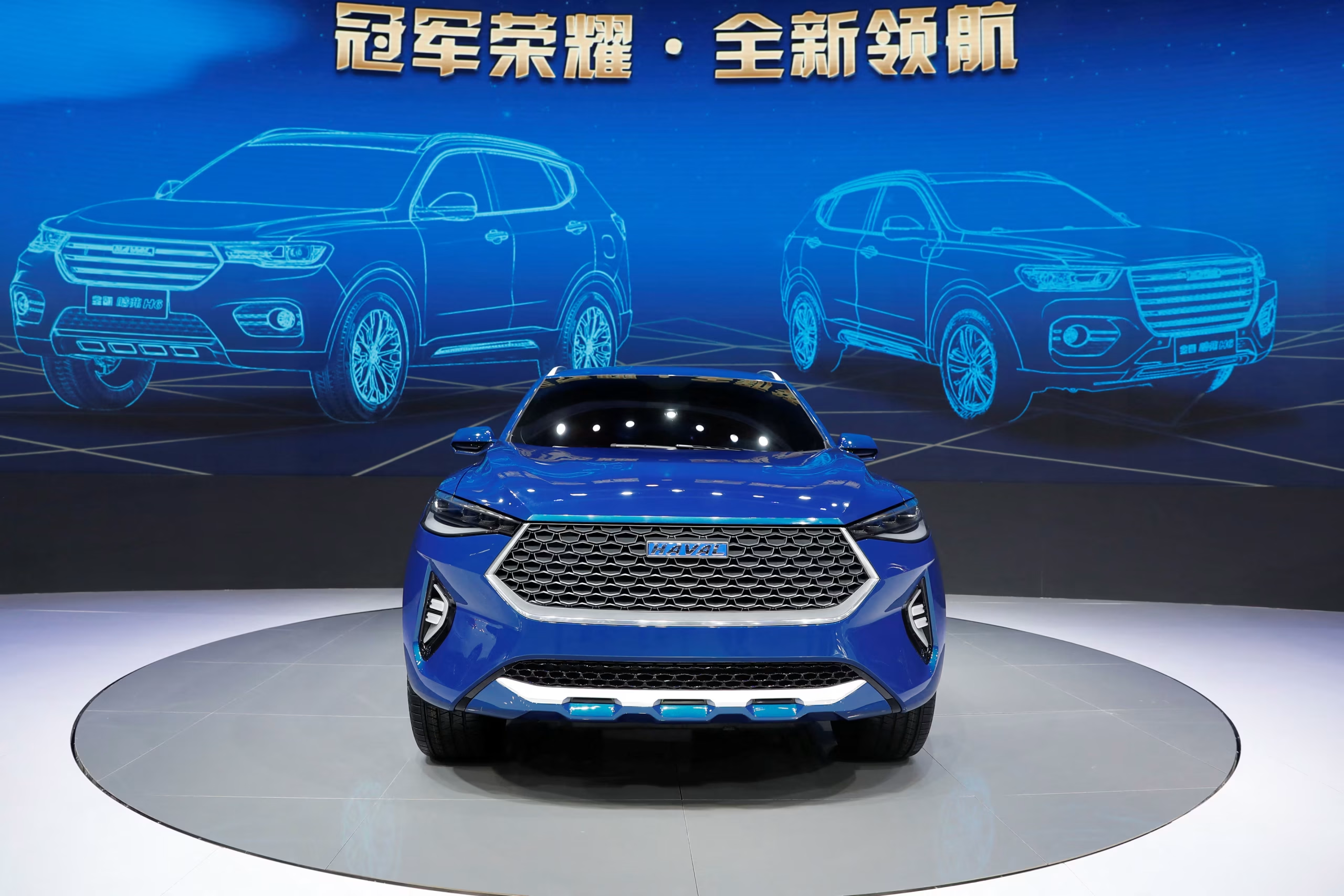
Great Wall Motors (GWM) is China’s biggest SUV maker, with names like Haval, Tank, and Poer (pickups). They expect to sell 1.5 million vehicles in 2025, 40% of which will be electric. GWM makes great off-road and family cars that last a long time. The Haval H6, China’s best-selling SUV for years, now comes in a PHEV version with a range of 1,000 km and Level 2 ADAS. The Tank 300 is an off-road vehicle that seems like it came from the past. It has a 3.0L turbo engine or an electric motor that can go 500 km and has a snorkel-ready design. Poer’s iPhone-like pickup has Apple CarPlay and tough tech built in.
7. FAW Group
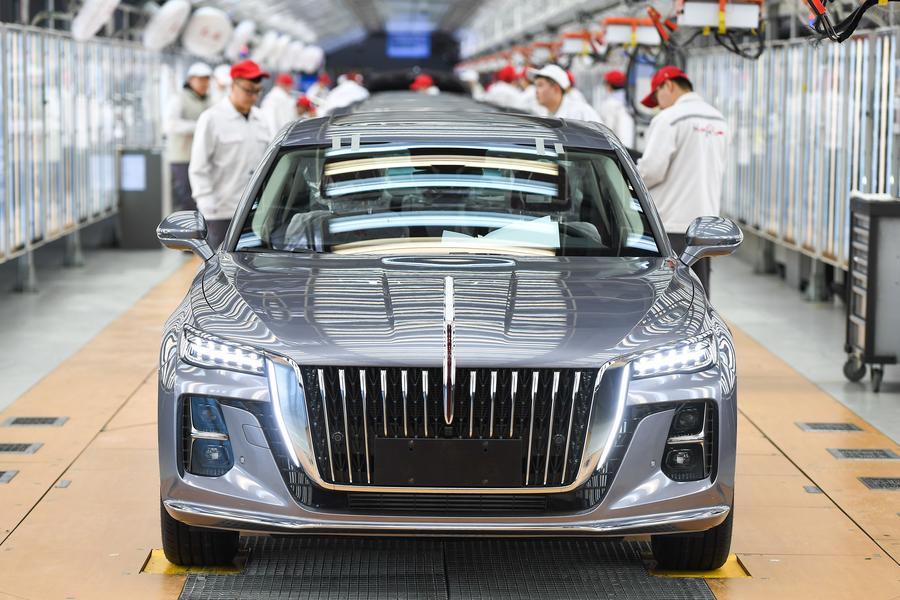
The DEK platform from FAW offers OTA and Level 3 autonomy. Working with Huawei makes smart features better. Hongqi is now in the Middle East and Europe. Expect L4 autonomous demos in 2025. FAW is in seventh place because it gets support from the government and makes a big jump in quality. It is between legacy and luxury.
8. BAIC Group
![]()
Beijing has been proud of BAIC Group since 1958. It makes electric vehicles through Arcfox and BJEV, with 80% of sales in 2025 being NEVs. Working with Huawei and Magna leads to new ideas. The Arcfox Alpha S has a range of 700 miles and can go from 0 to 100 km/h in 3.5 seconds. It has retractable door handles and Huawei’s ADS 2.0 for city autonomy. The BJ40 off-road EV has a 500 km range and can do things like a Jeep. The BE22 platform from BAIC focuses on being light and charging quickly. Serbia and Indonesia are two of the countries where the company is expanding globally. By 2025, BAIC wants half of its features to be self-driving. Its tech-savvy strategy puts it in ninth place, but it has to strengthen its wider range of products.
9. Dongfeng Motor Corporation
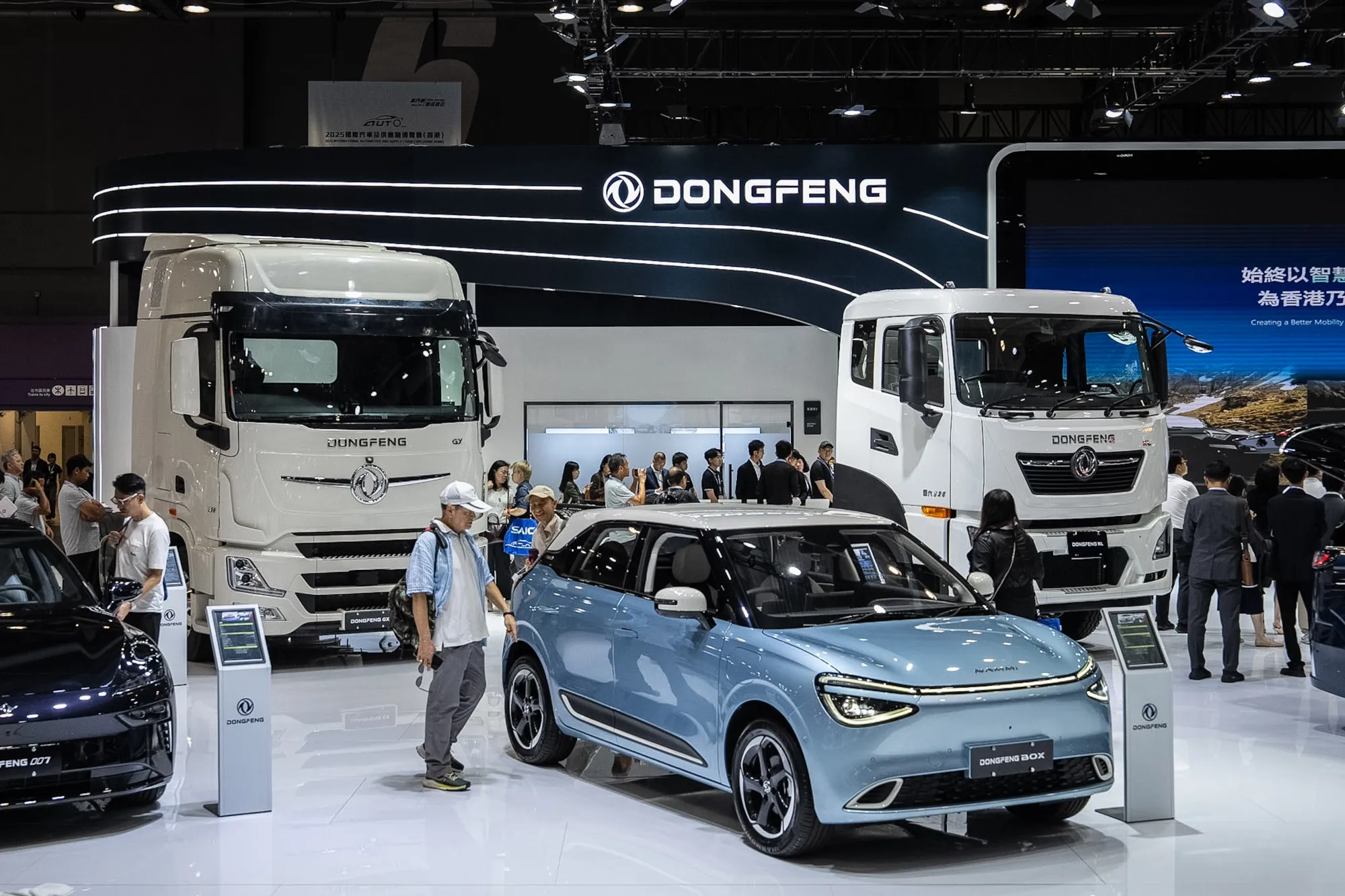
Dongfeng, which started in Wuhan in 1969, is a big company that makes a lot of different things, including vehicles. Its Voyah and Aeolus brands emphasize passenger EVs, with a goal of selling 1 million by 2025. The Voyah Free SUV has a range of 630 km, charges at 800V, and has second-row seats that are like sofas. The Dreamer MPV has a mode called “zero gravity.” Dongfeng’s Mach platform works with hybrids and electric vehicles that have ADAS. Working with Nissan and Renault makes tech stronger. Exports to 100 countries, including a new joint venture in Egypt. The first hydrogen models come out in 2025. Dongfeng’s wide range of products secures ninth place, meeting the demands of both businesses and consumers.
10. Nio
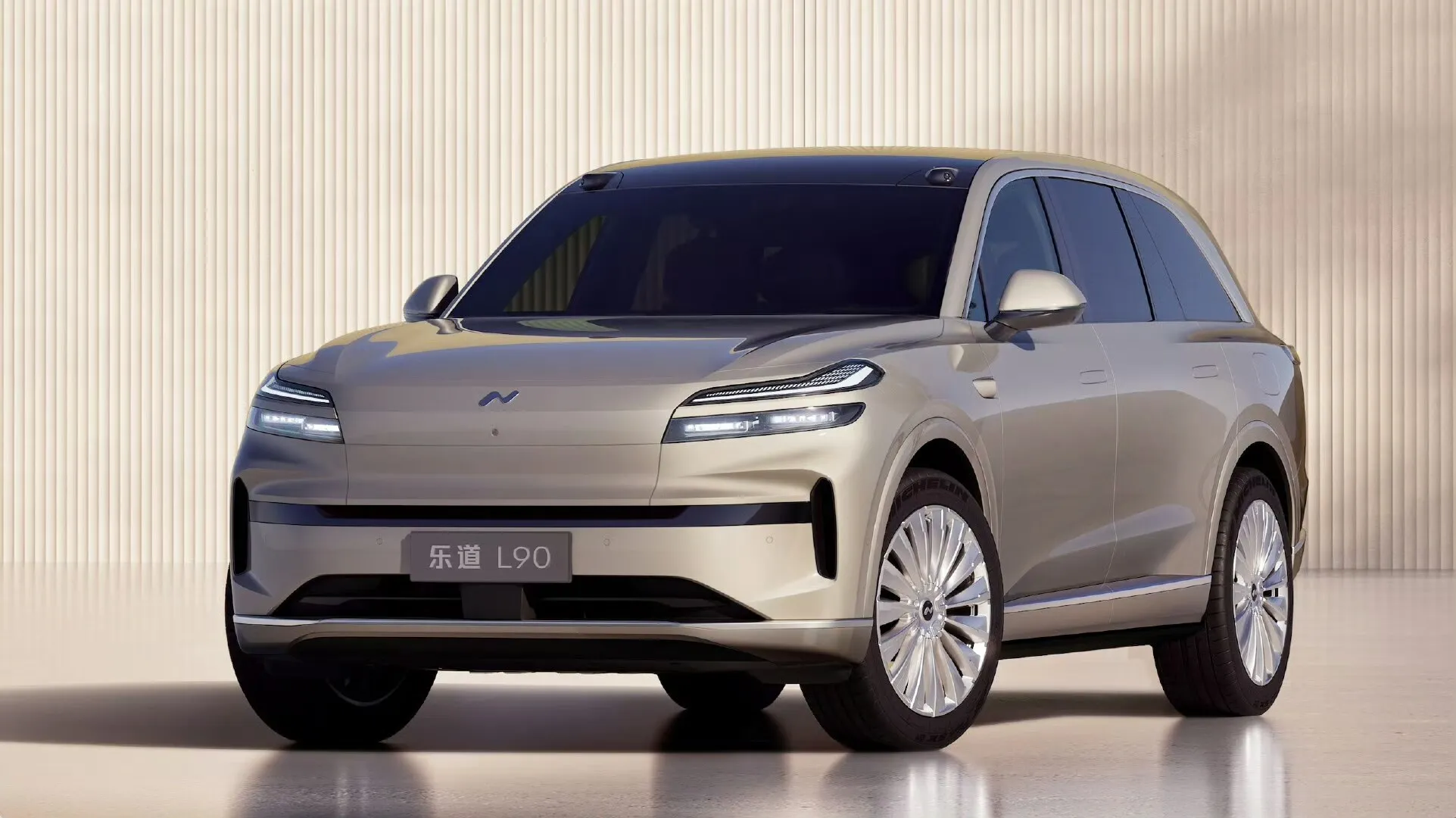
NIO Inc., which started in Shanghai in 2014, is the premium EV icon. It expects to sell 500,000 cars by 2025, including the ET9 flagship sedan with a range of 900 km, the NT2.0 platform, and solid-state batteries. The ES8 SUV was the first to include battery switching, which cut downtime to only three minutes at more than 1,000 stations. NIO Houses (lifestyle spaces) with NIO’s NOMI AI assistant help people connect with each other. The SN8 minivan from Firefly’s sub-brand is aimed at people who want a high-end vehicle at a low price. SkyOS from NIO makes full-scenario intelligence possible. Global hubs like Germany and Norway make it easier to reach more people. Making money is hard, but the ET9 and robotaxi goals for 2025 put it in ninth place, changing the way people think about luxury transportation.






Hi, I think your site might be having browser compatibility issues. When I look at your website in Safari, it looks fine but when opening in Internet Explorer, it has some overlapping. I just wanted to give you a quick heads up! Other then that, fantastic blog!